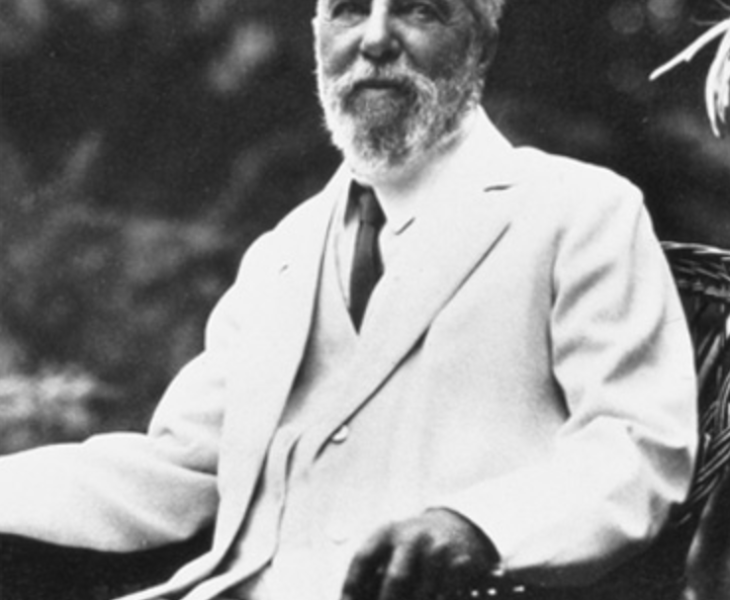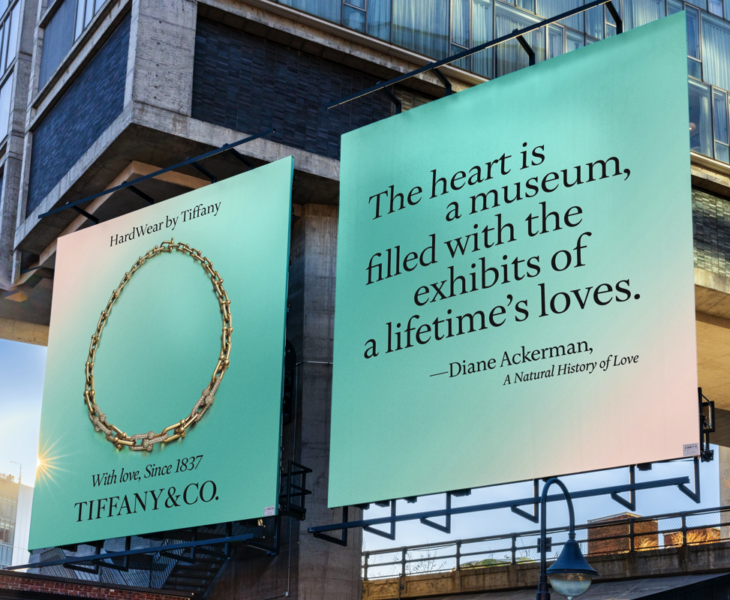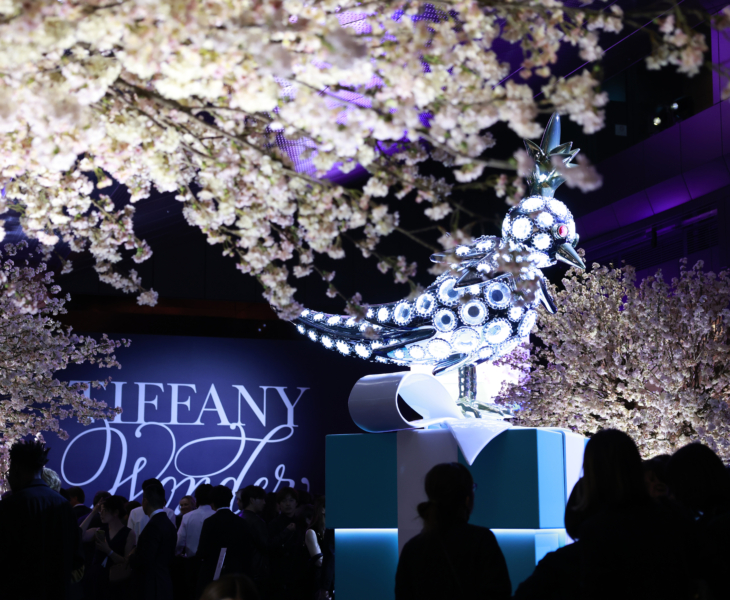
As the son of Charles Lewis Tiffany, who founded Tiffany & Co. in 1837, Louis Comfort Tiffany, with an affinity for hard work and a daring imagination, followed his own path to success and renown—ushering in a new era at Tiffany & Co. as the House’s first Art Director. Just as Charles Tiffany created exquisite jewels and catapulted his “fancy goods” store into a global institution, Louis Comfort Tiffany created extraordinary designs that forever changed the world of art and design. His renowned stained-glass windows and lamps, glass mosaics, ceramics, jewelry, enamels, and metalwork are all symbols of Louis Comfort Tiffany’s sheer artistry and visionary aesthetic. His designs remain important codes of the House today.
Louis Comfort Tiffany was born in 1848 in New York City. Trained as a painter, he studied with American landscape artists and traveled to Europe, throughout North America and North Africa to paint. During adolescence, he informed his father that he wanted to be an artist. It would not be long before the canvas gave way to other forms of creativity.
With nature as his inspiration, and glass as his primary tool, this skilled artisan created a world of beauty that never failed to charm and fascinate. Mr. Tiffany embraced nature as a theme, with the same passion that drove the 19th-century industrialists to build railroads, factories and cities that forever changed the landscape. To counter the steel and concrete-intensive structures of the Industrial Revolution, Mr. Tiffany placed his stained-glass and glass mosaics in building lobbies, banks, hospitals, department stores and hotels. He believed his luminous masterpieces depicting lakes, hills and flower-filled gardens restored the human spirit and sustained the soul.
As a leading American designer working in the Art Nouveau style—a movement that swept Europe and America at the turn of the century—he regarded design itself as “a little missionary of art.” Mr. Tiffany was also influenced by the Arts and Crafts movement. On the death of Charles Lewis Tiffany in 1902, Mr. Tiffany was appointed the company’s Art Director. In his new role, he established the Tiffany Art Jewelry department in the Fifth Avenue store, and in 1904, Louis Comfort Tiffany’s jewelry made official its debut at the St. Louis Exposition.
While his organic motifs reflected those of Europe’s Art Nouveau jewelers, Mr. Tiffany’s naturalistic themes—dragonflies, grapevine, woodbine and wild carrot flowers—were distinctly American. To capture their glorious color and evanescent beauty, he mixed metals, enamels and colored gemstones such as opals, tourmalines, moonstones and sapphires, in keeping with the vibrant colors of his impressionistic paintings and leaded glass creations.
The colored gemstones and enamels celebrated the ever-changing pageantry that Mr. Tiffany witnessed in nature. He created a vine leaf and grape necklace with amethysts and nephrite. In his talented hands, gold became berries with vibrant leaves of green enamel; while black opals, demantoid garnets, gold and platinum took wing in a dragonfly brooch.
Mr. Tiffany was also influenced by Etruscan, Egyptian and Moorish art, which he studied as a young man traveling in Europe and North Africa. Details of these motifs are found in many of his exquisite jewelry pieces, which reflect his appreciation of cultural traditions as well as his artistry in combining color in well-integrated designs of the highest quality and handcraftsmanship.
Mr. Tiffany’s devotion to colored gemstones was shared by Dr. George Frederick Kunz, world-renowned gemologist and resident gemology expert for Tiffany & Co. Both men were as enthusiastic about the gemstones of America. The esteemed Mr. Kunz found the finest tourmalines, sapphires, topazes, garnets and pearls—all of which made their way into Louis Comfort Tiffany’s designs.
In addition to stained glass, Mr. Tiffany designed furniture, lamps and lampshades, frescoes and an array of small artifacts such as candlesticks, bookends, boxes and mirrors. It gave him great pleasure to offer clients a wide range of useful objects, which brought a touch of good taste and refinement to everyday life. In the early years of the 20th century, Mr. Tiffany’s creations were sold on the main floor of the Tiffany & Co. store located at Fifth Avenue and 37th Street, and also in the House’s London and Paris stores.
At his death in 1933, Louis Comfort Tiffany was an internationally acclaimed leader of American design. His unique response to the beauty of nature through the use of colored gemstones resulted in some of the 20th century’s most powerful artistic expressions—designs that continue to inspire wonder and amazement around the world today.
TIFFANY, TIFFANY & CO. and T&CO., amongst other names and symbols, are trademarks of Tiffany and Company and its affiliates. © 2021 Tiffany and Company. All Rights Reserved.







